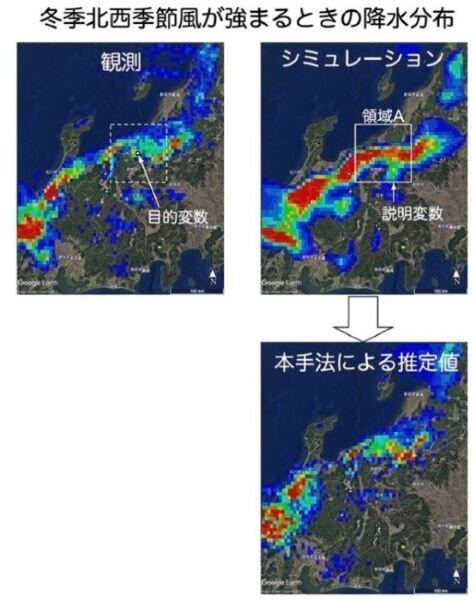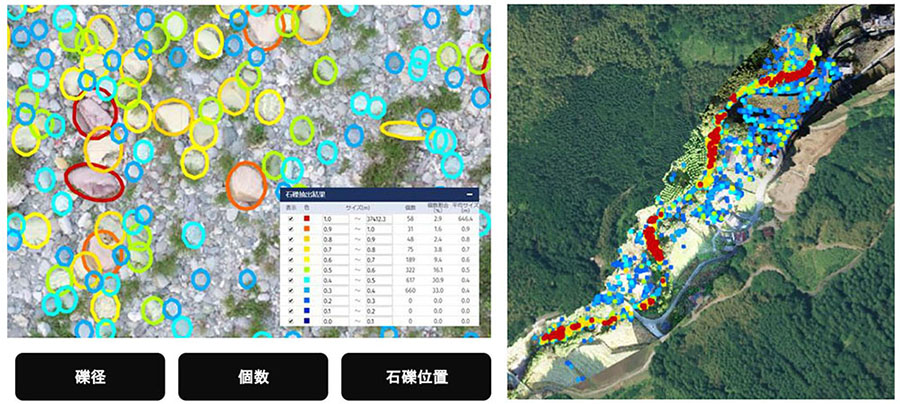コロラド州、ユタ州、ワイオミング州の上部盆地は、南西部の乾燥地帯に近いかもしれない。 Upper basin in Colorado, Utah and Wyoming may more closely resemble the arid Southwest
2022-05-18 アメリカ・ロスアラモス国立研究所(LANL)
流域はカリフォルニア湾の海面からコロラド州のロッキー山脈の標高1万4,000フィート以上まで広がっており、流域内外の都市や農家に重要な水を供給しています。また、アルバカーキ、デンバー、ロサンゼルス、ソルトレークシティ、サンディエゴ、サンタフェなどの大都市にも多くの水が供給されています。
ロスアラモス大学の研究チームが人工知能を使って行った調査では、ある小流域では融雪が完全になくなり、他の流域では積雪が大幅に減少すると予測されています。
<関連情報>
- https://discover.lanl.gov/news/0518-colorado-river-basin
- https://agupubs.onlinelibrary.wiley.com/doi/10.1029/2021EA002086
教師なし機械学習によるコロラド川流域の干ばつ行動の特徴づけ Characterizing Drought Behavior in the Colorado River Basin Using Unsupervised Machine Learning
Carl J. Talsma,Katrina E. Bennett,Velimir V. Vesselinov
Earth and Space Science Published: 29 April 2022
DOI:https://doi.org/10.1029/2021EA002086

Abstract
Drought is a pressing issue for the Colorado River Basin (CRB) due to the social and economic value of water resources in the region and the significant uncertainty of future drought under climate change. Here, we use climate simulations from various Earth System Models (ESMs) to force the Variable Infiltration Capacity hydrologic model and project multiple drought indicators for the sub-watersheds within the CRB. We apply an unsupervised machine learning (ML) based on Non-Negative Matrix Factorization using K-means clustering (NMFk) to synthesize the simulated historical, future, and change in drought indicators. The unsupervised ML approach can identify sub-watersheds where key changes to drought indicator behavior occur, including shifts in snowpack, snowmelt timing, precipitation, and evapotranspiration. While changes in future precipitation vary across ESMs, the results indicate that the Upper CRB will experience increasing evaporative demand and surface-water scarcity, with some locations experiencing a shift from a radiation-limited to a water-limited evaporation regime in the summer. Large shifts in peak runoff are observed in snowmelt-dominant sub-watersheds, with complete disappearance of the snowmelt signal for some sub-watersheds. The work demonstrates the utility of the NMFk algorithm to efficiently identify behavioral changes of drought indicators across space and time and to quickly analyze and interpret hydro climate model results.



